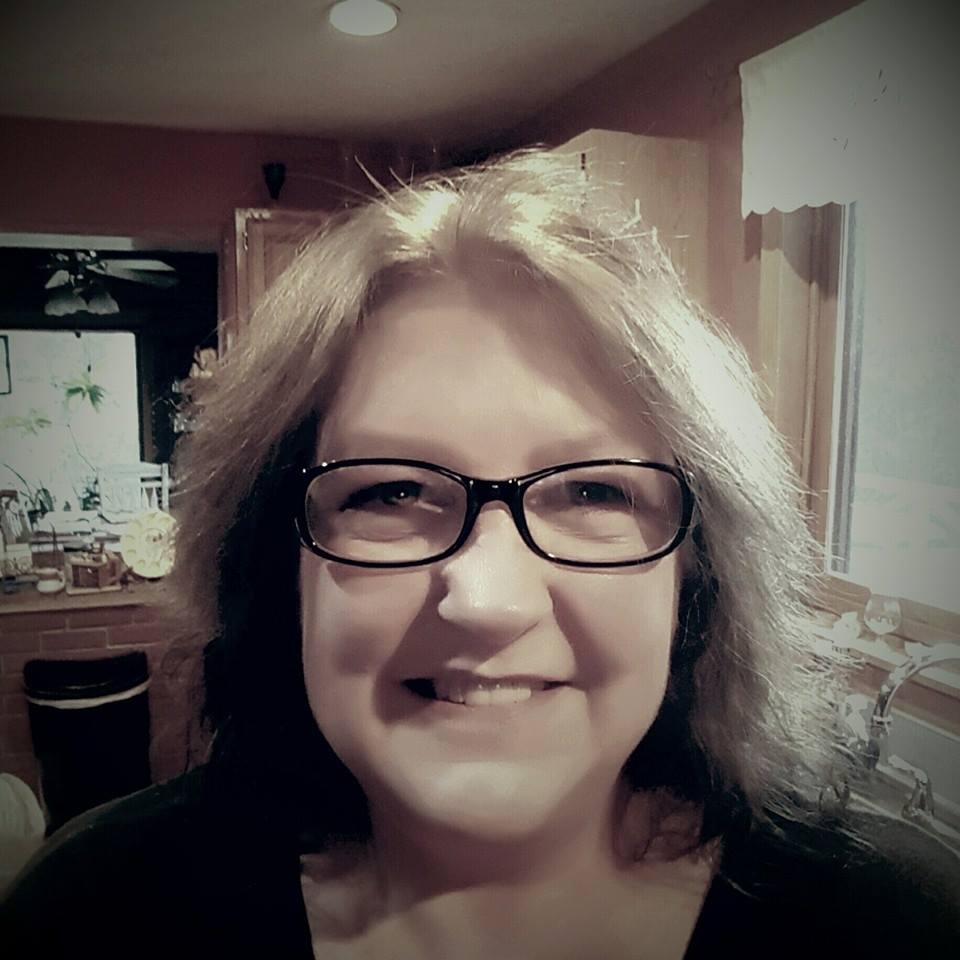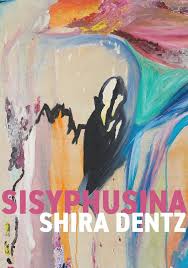ISSN: 1941-4137
POETRY THAT ENACTS THE ARTISTIC AND CREATIVE PURITY OF GLASS
POETRY THAT ENACTS THE ARTISTIC AND CREATIVE PURITY OF GLASS

Anne Graue is the author of Fig Tree in Winter (Dancing Girl Press, 2017) and has work in SWWIM Every Day, Plath Poetry Project, Rivet Journal, Into the Void, Mom Egg Review, Random Sample Review, and One Sentence Poems. Her reviews have been published in Glass: A Journal of Poetry, Whale Road Review, The Rumpus, New Pages, and Asitoughttobe.com.
October 15, 2020
Edited by Stephanie Kaylor
Edited by Stephanie Kaylor
The Language of Identity: Review of Sisyphusina by Shira Dentz
 Sisyphusina
by Shira Dentz
PANK Books, 2020
In her opening to Sisyphusina (PANK Books, 2020), Shira Dentz addresses her readers and guides them toward the nuances, inconsistencies, and conventions to be found and not found in this collection. When she states, “This book embarks on a journey that, among other things, embraces a floundering,” we can take her at her word: symmetry and perception is at the forefront of this multi-media work. It is a collection of prose, poetry, and art that confronts the definitions of beauty, loss, and aging, among others, in ways that deconstruct and reinvent language and thought about menopause, reproduction, relationships, and the myths so commonly associated with them.
Dentz experiments with figurative language, imagery, art, music, space, and photography throughout the collection. In “Metonymies,” a thing becomes another thing, a different kind of metaphor. “My chipped tooth still a seesaw.” The comparisons become truths within a life and then become new ways of defining a woman’s aging. The speaker asks “is gray a different kind of mark?” The difference is that it is not an imperfection but a transitional stage a woman might want to stave off as a result of entrenched ideas of beauty. Everything that alters us is not so easily dismissed by the speaker though. The poem relates “hairs on my chin” to fish bones to teeth in a logical metonymous unity.
Three poems in the collection bear the title of the collection, “Sisyphusina.” The second of the three alludes to Emily Dickinson’s poem, “My life had stood a loaded gun” in its second stanza:
Sisyphusina
by Shira Dentz
PANK Books, 2020
In her opening to Sisyphusina (PANK Books, 2020), Shira Dentz addresses her readers and guides them toward the nuances, inconsistencies, and conventions to be found and not found in this collection. When she states, “This book embarks on a journey that, among other things, embraces a floundering,” we can take her at her word: symmetry and perception is at the forefront of this multi-media work. It is a collection of prose, poetry, and art that confronts the definitions of beauty, loss, and aging, among others, in ways that deconstruct and reinvent language and thought about menopause, reproduction, relationships, and the myths so commonly associated with them.
Dentz experiments with figurative language, imagery, art, music, space, and photography throughout the collection. In “Metonymies,” a thing becomes another thing, a different kind of metaphor. “My chipped tooth still a seesaw.” The comparisons become truths within a life and then become new ways of defining a woman’s aging. The speaker asks “is gray a different kind of mark?” The difference is that it is not an imperfection but a transitional stage a woman might want to stave off as a result of entrenched ideas of beauty. Everything that alters us is not so easily dismissed by the speaker though. The poem relates “hairs on my chin” to fish bones to teeth in a logical metonymous unity.
Three poems in the collection bear the title of the collection, “Sisyphusina.” The second of the three alludes to Emily Dickinson’s poem, “My life had stood a loaded gun” in its second stanza:Flat, smooth rocks and a waterfall. Black vultures fly so
high in southern Africa, tradition says they see the future.
Immeasurably & loaded like Dickinson’s gun. A vista
crawls through dugouts, or (depending on the observer’s
position) pillows, of gray static.
Echoing phrasing from the first stanza, the second ensures readers that what the speaker refers to is impending death. There are vultures and Dickinson’s gun, paradoxically representing life. Repetition appears, disappears, and reappears throughout the poem as well as throughout the collection, bringing the speaker back to situations, memories, thoughts, and knowledge that feels simultaneously new and ancient. In this piece, vultures, bones, pillows, seasons, and the gun are important signposts on the way to the last image of the birds using “gravity as a tool, dropping bones to the ground to crack / open their marrow.”
“Flounders,” keeps readers off balance using repetition effectively to increase the anxious mood levels. The piece is about floundering through a life dealing with loss, guilt, and relationships while battling learned notions of beauty and worth. The focus is on the asymmetry of flounders and their “profound influence.” Repeated notions of the fish with their “deformed, twisted skulls, and an eye that has migrated from one side of the face to the other,” coupled with a marginal reminder of the difference between the words flounder and founder, ironically anchor this prose piece that swims in chaotic eddies where phrases and ideas come back around in a swirling mass. The final sentence, upside down on the page, draws attention to a difference in perspective and place as living creatures age:
As an adult the fish lives on the bottom, with the eyed side uppermost.
Everything is in full view. Family issues and memories comingle with the struggle for identity in a world where notions of aesthetic value are embedded and fused with the concept of symmetry as an essential staple of physical attractiveness.
In the introduction to Best American Experimental Writing 2016, Charles Bernstein and Tracie Morris assert that “The exploration of identities has always been at the center of radical and exploratory poetry. Indeed, you can define a difference between official verse culture and its opposites as one between work that assumes a fixed identity and work that forges new identity constructions. In this sense, identity is a space for exploration, invention, re-creation, and experimentation.” (2016) In Sisyphusina, Dentz has inhabited the space where identity thrives, and she has stayed there long enough to fashion authentic ideas from a unique perspective. She has opened up possibilities for text and intertexuality in relating what is it is like to be “swinging between age and youth, / … not ready to be encased like / an iridescent gray branch.” In the process, she allows the text to draw attention to itself in the following lines:
There is no author here.
Thing is, no one will even know that these words exist except if they’re read.
Without readers, meaning doesn’t exist.
Bernstein and Morris observe that “Poetry is connected to the origins of language and possibilities for language, the poetics beyond what the eye sees or ear hears: what makes logic and language possible.” (2016) Dentz is aware of this and has pushed language to its limits in Sisyphusina beyond the senses, creating new spaces for considering ultimate definitions of art, beauty, and truth, raising questions such as “Do I have an identity that’s separate or is it a mix?” and contending that want may be “no more than opening and shutting windows.” Engaging with this collection means experimenting with meaning and opening yet another window to understanding. As she states in her introduction, “Form is sculptural.” Dentz’s work is an artistic testament to this.
Visit Shira Dentz's Website
Visit PANK Books' Website
Glass: A Journal of Poetry is published monthly by Glass Poetry Press.
All contents © the author.
All contents © the author.





